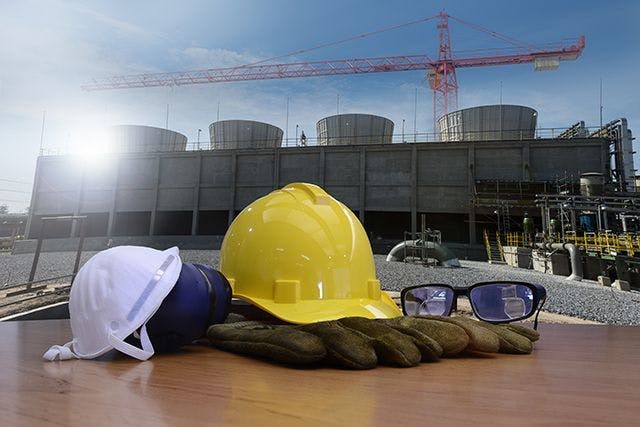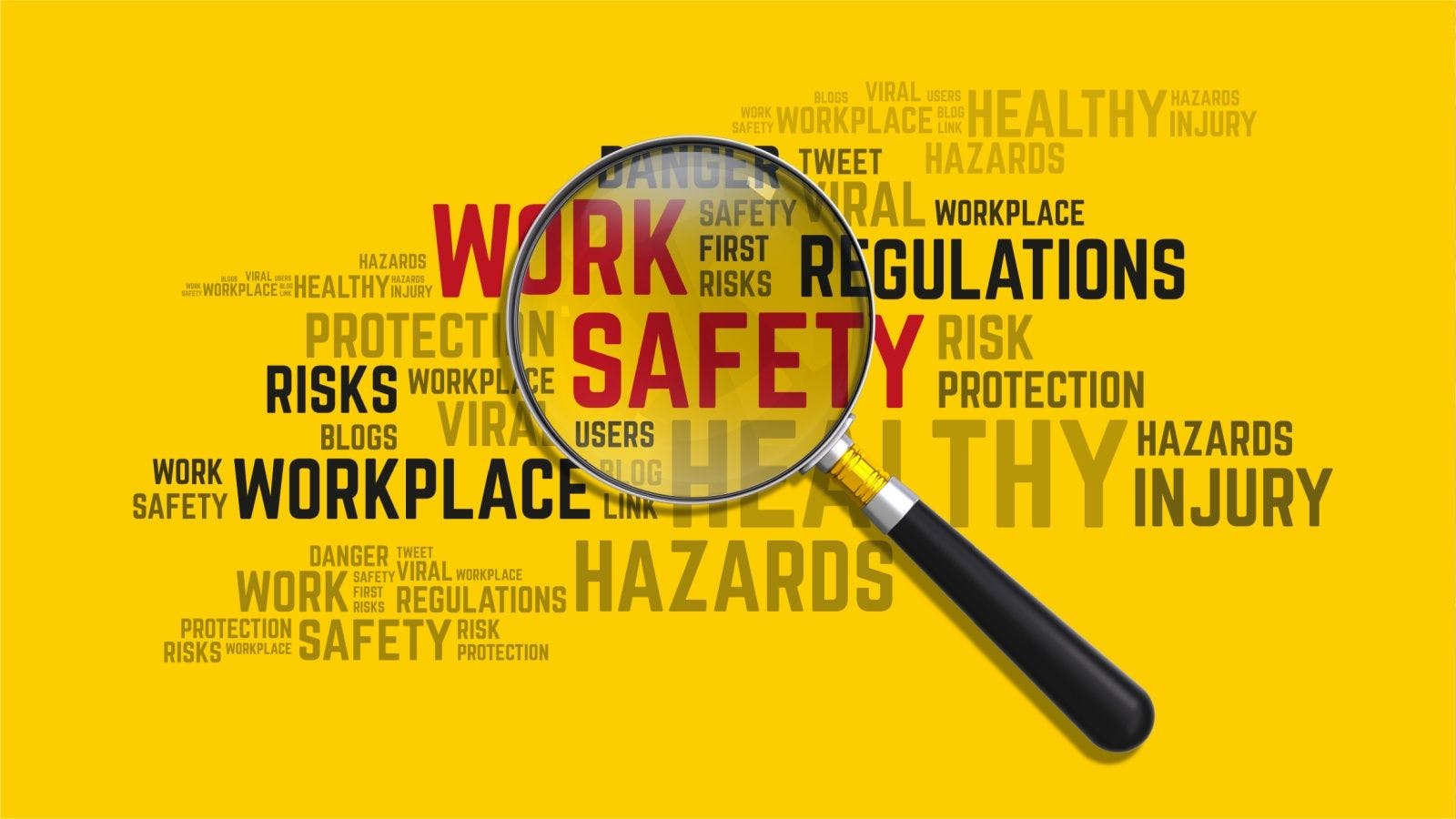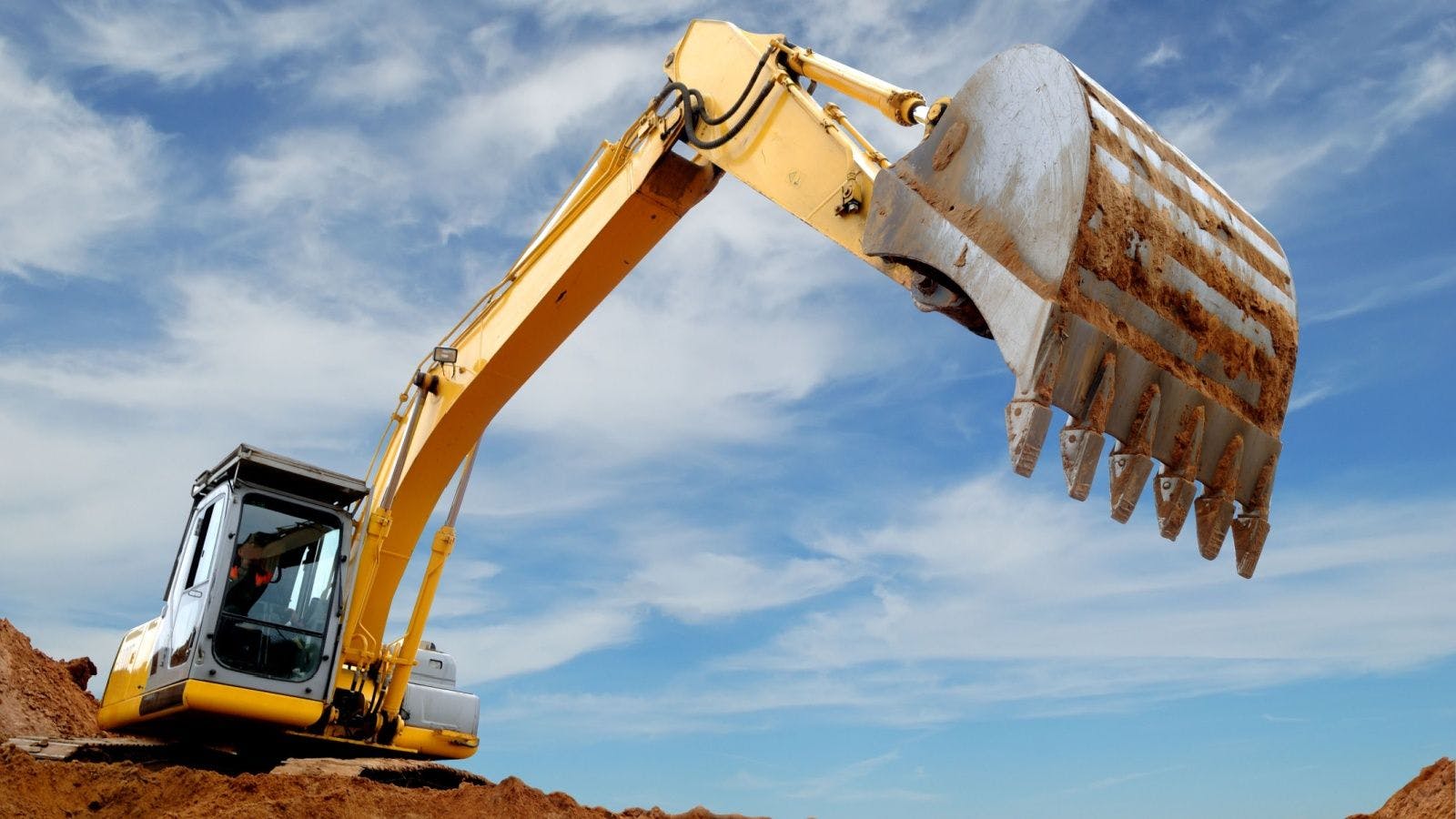
Incident- and Injury-Free Environments Begin with Strong Employee Foundations
In the “here today, gone tomorrow” society of rapid-fire change, employees are the foundational bricks necessary for building a long-lasting, consistent commitment to safety.
When an employee foundation is shaky, then safety programs invariably falter or fail. By promoting a deeply ingrained culture of safety that moves beyond a narrow focus on the individual and baseline regulations, employers can make investments in their employees that will pay off both today and for years to come.
Critical Safety Culture Assessment
When considering the improvement of safety programs, employers should begin with a critical assessment of their current safety culture. Many companies find themselves in one of four cultures:
- “Accidents Will Happen.” Safety is a matter of luck rather than management.
- “Looking Out for Number One.” Individuals take responsibility for their own safety. Safety is considered a personal concern rather than a collective one.
- “Just Follow the Rules.” Safety is a set of rigid rules to follow that are defined by external entities. Management believes that safety can be achieved “if only individuals follow the rules.”
- “Brother’s Keeper.” Individuals take responsibility not only for their own safety, but also for the safety of those around them. They make an ongoing commitment to work together and protect each other. They do not accept low standards and risk taking behavior, and they believe that improvements can be achieved collectively. In this environment, all concerned believe that “zero incidents and injuries” is a reachable team goal. Employees supported by a “brother’s keeper” safety culture are the ones most likely to provide the strong foundation necessary for an ideal working environment.
Moving to a More Optimal Safety Culture
Like every well-constructed building, employees need sturdy pillars of support in order to become active, dedicated participants in the creation of a safe workplace. The four main pillars are:
- education;
- communication;
- recognition; and
- checks and balances.
Education
No matter the type of company or operation, education is the primary tool for increasing the safety knowledge of employees. Employers should make a strong commitment to providing primary and continuing safety education that keeps their employees up to date and fully informed about the latest advances and the most current expert thinking. Team building exercises can be added to educational opportunities to encourage a collective spirit.
Communication
The free and continuous flow of information between management and employees is critical to building trust, promoting awareness, preventing and addressing problems and furthering education. Encourage the early communication of potential hazards and remediation options without fear of disciplinary action.
Recognition
Positive feedback and recognition for safe behavior and safety program contributions will encourage proactive safety thinking that moves beyond a focus on baseline requirements. Acknowledge and address mistakes, but keep the primary focus on achievements or opportunities for doing better next time.
Checks and Balances
To maintain integrity and optimize results, a system of checks and balances that includes both internal and external regulations and guidelines must be clearly outlined and understood by all. Some of these checks and balances include safety policies and procedures; safe operating practices; and federal, state and local regulations.
Beyond the Four Pillars
In addition to working consistently to strengthen the four pillars, other guiding philosophies may be utilized to promote a safety culture that supports a strong employee foundation:
- Do not automatically blame individuals for near misses and mistakes. Instead, look for systemic causes.
- Take pride in publicly promoting a great safety record and pointing to employee safety innovations and achievements.
- Build safety into daily processes. Make safety a way of life.
Every leader wants a project environment that is incident and injury free. By promoting a safety culture that encourages teamwork and sets high standards, companies can empower their greatest safety asset –their employees. Through their engagement and commitment, an ideal project environment can become a daily reality. All concerned will benefit.
Related stories








